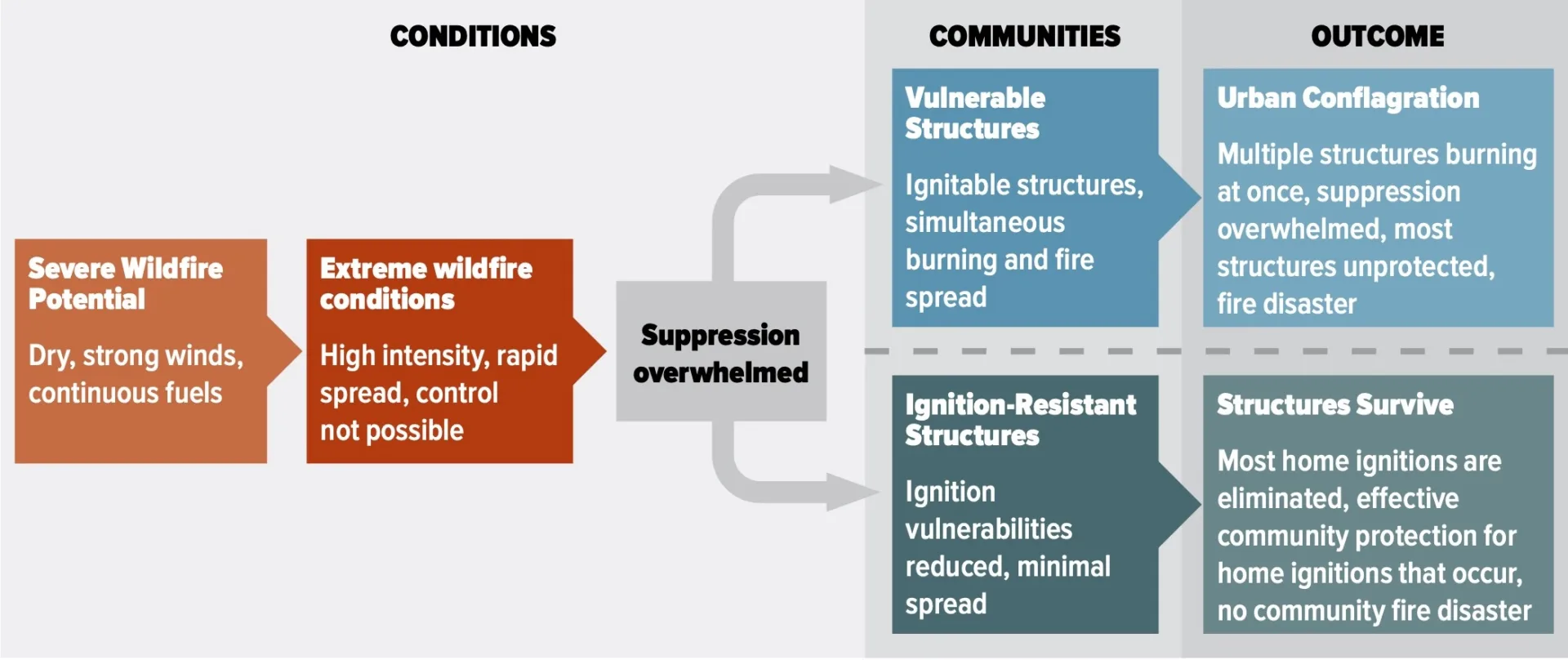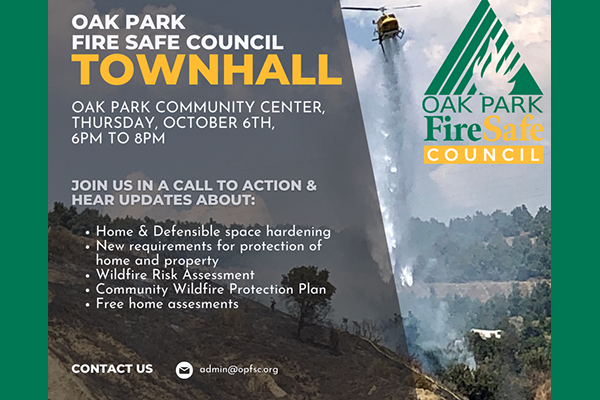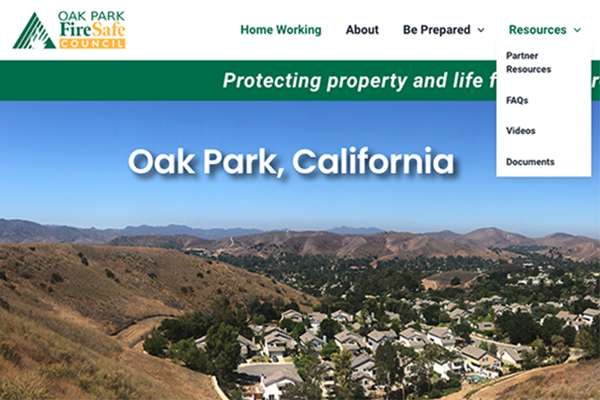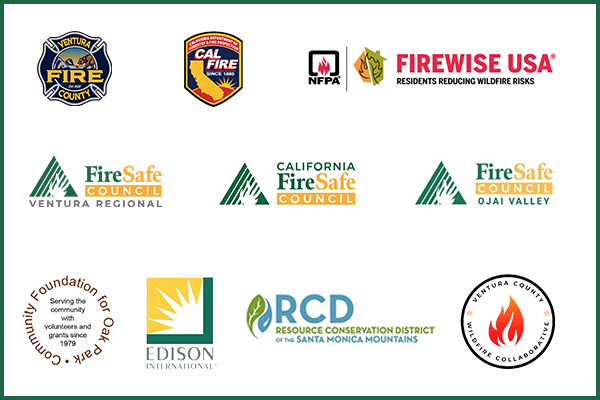(Above) The Wildfire Disaster Sequence: severe wildfire potential and extreme conditions will quickly overwhelm wildfire suppression resources. Vulnerable structures will ignite and lead to an urban conflagration and fire disaster. Structures built to be ignition-resistant are more likely to survive and can interrupt the disaster sequence.
Leading wildfire experts make the case that creating wildfire-resistant communities must become a much higher priority.
May 16, 2024
Headwaters Economics (headwaterseconomics.org) has compiled this excellent white paper. It was put together by leading wildfire experts, who make the case that creating wildfire-resistant communities must become a much higher priority. After reading this 26-page document you will have a deep understanding of where we have been, where we are now, and how we should plan to deal with urban wildfires in the future.
As wildfire risks increase, more homes are being damaged and communities impacted. Fortunately, decades of research and post-fire analysis have provided useful lessons for a new path forward. That path starts by redefining how we look at the wildfire threat to our homes and neighborhoods.
To outline what an updated approach to wildfire would look like, Headwaters Economics brought together leading wildfire researchers to author a new white paper: “Redefining the Urban Wildfire Problem in the West.” Authors are Dr. Kimiko Barrett at Headwaters Economics; Dr. David Calkin and Dr. Mark Finney with the Fire Science Laboratory at the U.S. Forest Service’s Rocky Mountain Research Station; Dr. Jack Cohen, former researcher at the U.S. Forest Service; Dr. Stephen Pyne, emeritus professor at Arizona State University; and Dr. Stephen Quarles, emeritus professor at the University of California.




